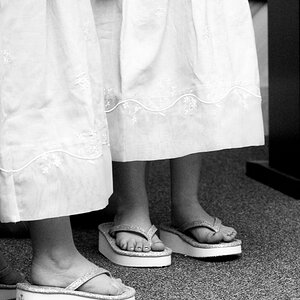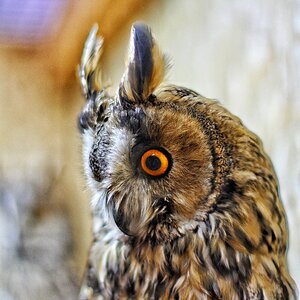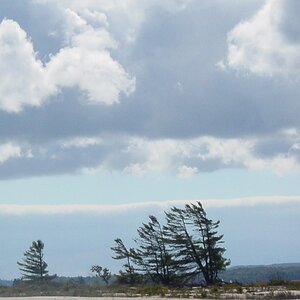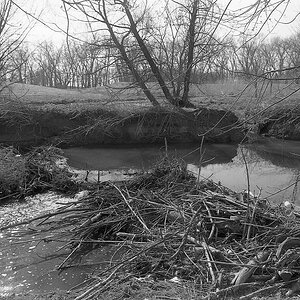Compaq
Been spending a lot of time on here!
- Joined
- Aug 29, 2010
- Messages
- 3,400
- Reaction score
- 657
- Location
- Norway
- Can others edit my Photos
- Photos OK to edit
I'll try again and post it here, I really could use some help.
I've got this old Vivitar 2500. I think it will do most of what I need. I'm planning on using it for indoor lowlight conditions, as well as the frequent fill-light snapps or whatever.
Apparently this unit has four settings, a red, a blue, manual and some triangular thing that I think is full auto or something. I'm planning on learning to use it manually.
For low light indoor shots, here's what I've tried when I mounted it on a 450D. (Bounce flash)
- check my subject distance (had to guess, they don't put the ranges on cheap modern lenses)
- so I check the chart on the back (having set correct ASA/ISO), and set the aperture recommended
- I then consider the new flash-to-subject-distance (roof-to-subject), and try to guess how much light that has been lost according to that delta-distance^2 rule
- I also take into consideration that the bouncing surface is re-emitting the light, and so more light is lost.
I experimented with this on the digital camera (so that I can check the exposures). Doubling the distance to the subject, and compensating two stops actually works Fun to see that. As for light loss due to bounce, I experimented that two stops seemed enough (white roof, not very shiny. subject distance from two to 4 meters).
Fun to see that. As for light loss due to bounce, I experimented that two stops seemed enough (white roof, not very shiny. subject distance from two to 4 meters).
Soo, that would mean that in many situations around 4 stops compensation for bouncing the light and the longer distance is necessary for a correct exposure. That is a lot of stops, hehe. Is this other's experience as well? I'd like to know these things before I start flashing away on film.
Thanks for any help!
I've got this old Vivitar 2500. I think it will do most of what I need. I'm planning on using it for indoor lowlight conditions, as well as the frequent fill-light snapps or whatever.
Apparently this unit has four settings, a red, a blue, manual and some triangular thing that I think is full auto or something. I'm planning on learning to use it manually.
For low light indoor shots, here's what I've tried when I mounted it on a 450D. (Bounce flash)
- check my subject distance (had to guess, they don't put the ranges on cheap modern lenses)
- so I check the chart on the back (having set correct ASA/ISO), and set the aperture recommended
- I then consider the new flash-to-subject-distance (roof-to-subject), and try to guess how much light that has been lost according to that delta-distance^2 rule
- I also take into consideration that the bouncing surface is re-emitting the light, and so more light is lost.
I experimented with this on the digital camera (so that I can check the exposures). Doubling the distance to the subject, and compensating two stops actually works
 Fun to see that. As for light loss due to bounce, I experimented that two stops seemed enough (white roof, not very shiny. subject distance from two to 4 meters).
Fun to see that. As for light loss due to bounce, I experimented that two stops seemed enough (white roof, not very shiny. subject distance from two to 4 meters).Soo, that would mean that in many situations around 4 stops compensation for bouncing the light and the longer distance is necessary for a correct exposure. That is a lot of stops, hehe. Is this other's experience as well? I'd like to know these things before I start flashing away on film.
Thanks for any help!
Last edited:


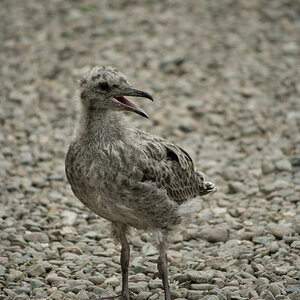
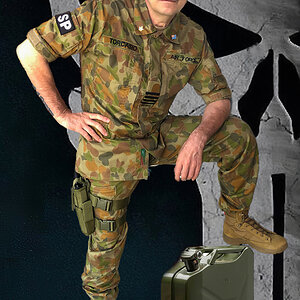
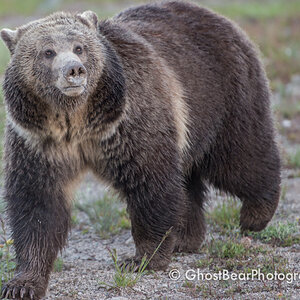
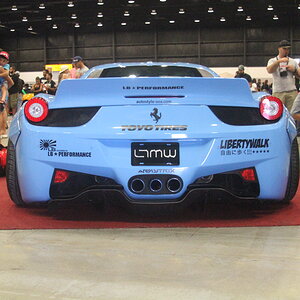
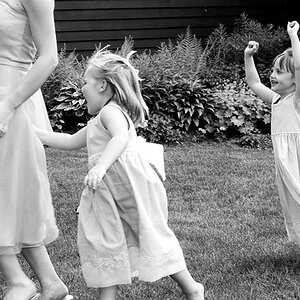
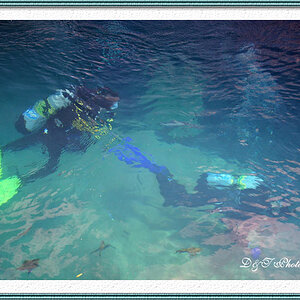
![[No title]](/data/xfmg/thumbnail/37/37603-739c5d9b541a083a12f2f30e45ca2b7b.jpg?1619738147)
